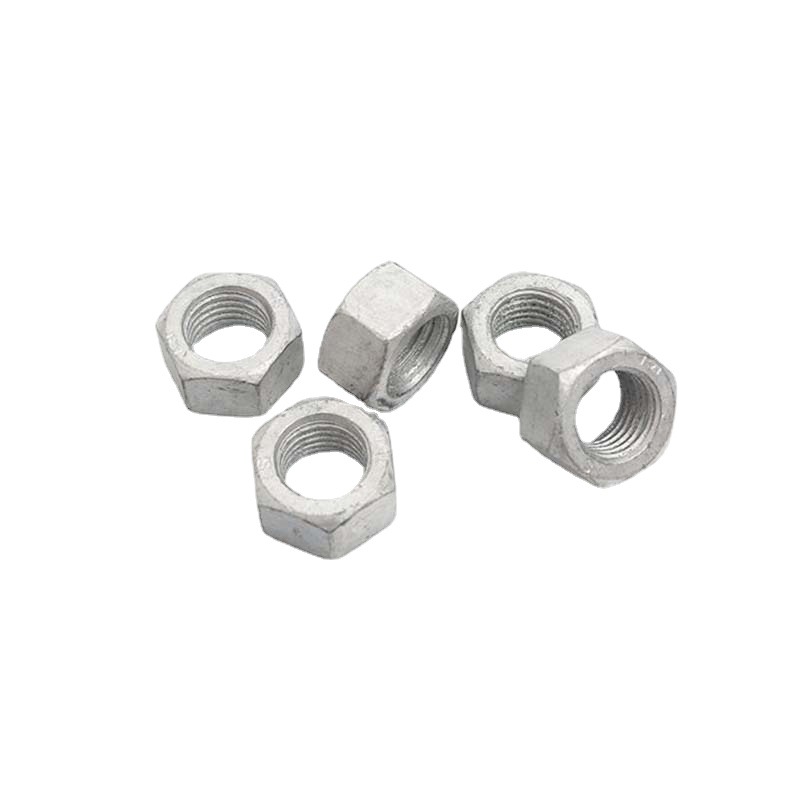

Understanding the Mechanism and Applications of Screw Rods in Engineering
Sep . 29, 2024 03:19 Back to list
Understanding the Mechanism and Applications of Screw Rods in Engineering
The Importance of Screw Rods in Modern Engineering
Screw rods, often referred to in the engineering and manufacturing sector as threaded rods or bolts, play a crucial role in a variety of applications. Their design, characterized by a long cylindrical shape with helical threads encircling the exterior, allows them to serve multiple functions, from fastening to tensioning in constructions and machinery. Understanding the significance of screw rods and their diverse applications is essential for appreciating their value in modern engineering.
The Design and Functionality of Screw Rods
Screw rods are typically made from durable materials such as steel, stainless steel, or other alloys, which grant them the necessary strength to withstand significant stress and load. The helical threads enable these rods to engage effectively with nuts and other fasteners, ensuring a secure connection that can handle tension and shear forces. Different thread profiles and diameters are available, enabling engineers to choose the right type for specific applications, whether it be for structural supports in buildings or components in complex machinery.
Applications in Construction
In the construction industry, screw rods are indispensable. They serve as anchors for various structures, providing stability and ensuring integrity against various forces, such as wind or seismic activity. For instance, screw rods can be found in the foundations of large buildings, securing the framework and helping to distribute weight evenly. They are also used extensively in scaffoldings, where robust connections are paramount for worker safety.
Additionally, screw rods can be modular components in construction machinery, such as cranes and lifts, where they assist in moving or securing heavy loads
. The versatility of screw rods allows them to be employed in both permanent installations and temporary setups, making them a preferred choice for contractors and engineers alike.Industrial Uses and Advancements
screw rod

Beyond construction, screw rods find numerous applications in the manufacturing sector. They are used as essential components in mechanical devices, automotive parts, and aerospace engineering. For example, in automotive manufacturing, screw rods can be found in engines, where they hold components together under extreme conditions. The reliability of screw rods simplifies assembly processes and contributes to the overall safety and functionality of vehicles.
Recent advancements in technology have led to innovations in the design and production of screw rods. Techniques such as precision machining and the adoption of computer-aided design (CAD) allow for the creation of customized threaded rods tailored to unique specifications. Such advancements enhance the performance of screw rods, increasing their load-bearing capacity and resistance to wear and corrosion.
Sustainability Considerations
As industries around the globe become more environmentally conscious, the production and use of screw rods also face scrutiny. Manufacturers are increasingly adopting sustainable practices, such as recycling materials and improving energy efficiency in production processes. Furthermore, the durability of screw rods ensures a longer lifespan, reducing the need for frequent replacements and contributing to lowering the environmental footprint of construction and manufacturing activities.
Conclusion
Screw rods, though seemingly simple components, are fundamental to the efficiency and safety of various engineering and industrial processes. Their ability to secure heavy loads, adapt to numerous applications, and integrate into advanced mechanical systems highlights their importance in today’s engineering landscape. As technology continues to advance, so too will the capabilities and applications of screw rods, ensuring that they remain a vital component of modern infrastructure and machinery.
In conclusion, understanding the versatility and significance of screw rods not only showcases their importance in various industries but also underscores the continuous evolution within the realm of engineering. By recognizing their contributions, engineers and manufacturers can better leverage these components to enhance safety, efficiency, and sustainability in their projects, paving the way for future innovations.
Latest news
-
High-Strength Hot-Dip Galvanized Bolts-Hebei Longze|Corrosion Resistance&High Strength
NewsJul.30,2025
-
Hot Dip Galvanized Bolts-Hebei Longze|Corrosion Resistance&High Strength
NewsJul.30,2025
-
Hot Dip Galvanized Bolts - Hebei Longze | Corrosion Resistance, High Strength
NewsJul.30,2025
-
High-Strength Hot Dip Galvanized Bolts-Hebei Longze|Corrosion Resistance, Grade 8.8
NewsJul.30,2025
-
Hot Dip Galvanized Bolts-Hebei Longze|Corrosion Resistance,High Strength
NewsJul.29,2025
-
High-Strength Hot Dip Galvanized Bolts - Hebei Longze Metal Products Manufacturing Co., Ltd.|corrosion resistance&high strength
NewsJul.29,2025

